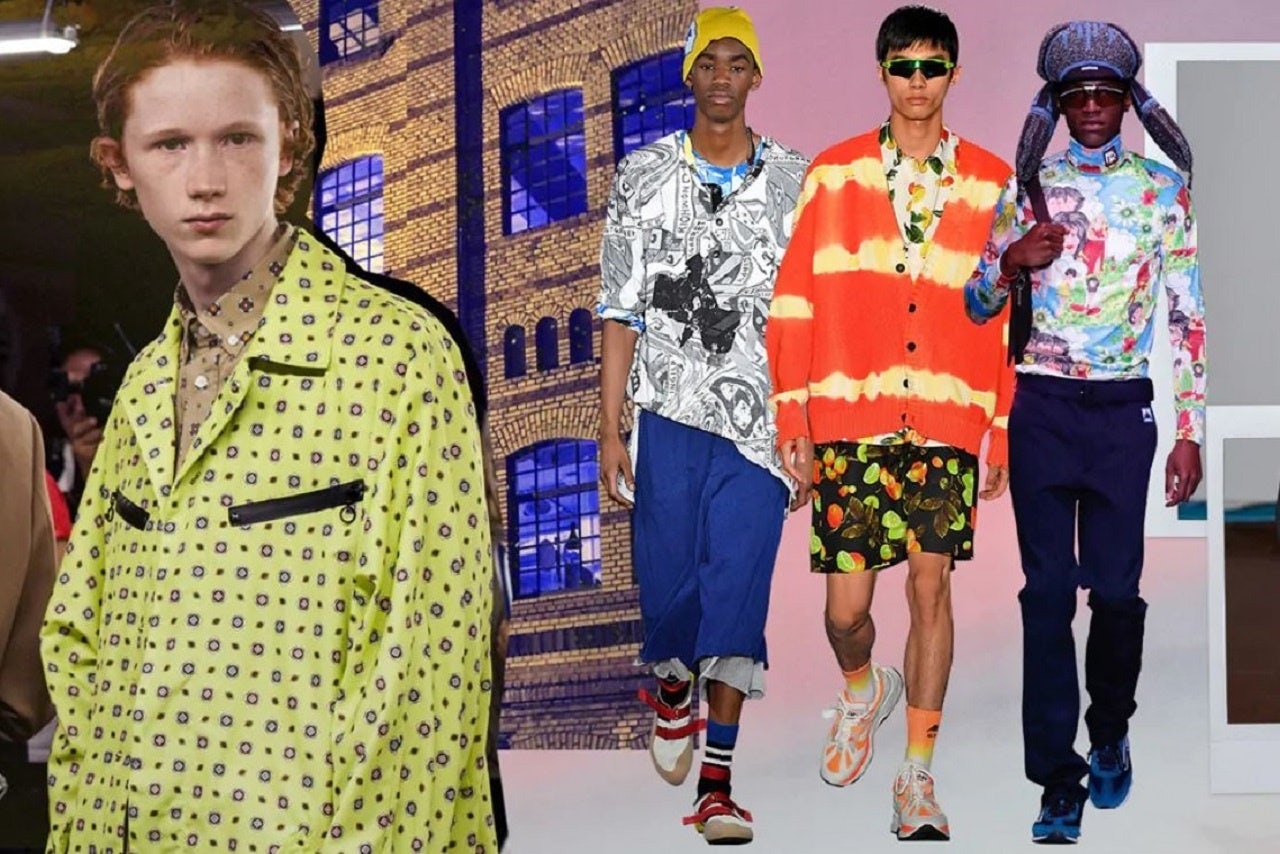JD, China’s second-largest e-commerce platform, sold its luxury portal, TopLife, to Farfetch for a reported US50 million in cash today. TopLife will merge into Farfetch’s already existing Farfetch China business, with the transition overseen by Judy Liu, Managing Director at Farfetch China. The strategic move is perhaps one of many necessary moves to deal with the increasingly tougher economic environment that JD is facing in China.
The new deal, based on the two parties’ relationship since July 2017, will give Farfetch a “Level 1” entry point on the app of JD. In exchange, JD will gain access to Farfetch’s network of more than 1,000 luxury brands and boutique partners. Previously, Farfetch has been benefitted from JD’s logistics capabilities in China.
Earlier today, JD also released financial results for the fourth quarter and full-year ending December 31, 2018, which, again, indicate that the business is not immune to China’s economic slowdown.
For the fourth quarter, which included China’s biggest annual shopping festival Singles’ Day, the company reported a 22.4 percent increase of net revenues from the same period the year before — narrowly beating the estimates of financial analysts. However, the results also represent the e-commerce player’s worst quarterly revenue growth rate since it went public on the U.S. Nasdaq in 2015. The company’s net revenue for the full year 2018 stood at RMB 462.0 billion (US67.2 billion), up 27.5 percent from the full year of 2017.
JD’s growth of active user acquisition has also slumped in the past two quarters. The company said its annual active customer accounts stood at 305.3 million by the end of 2018, indicating a drop from 313.8 million users at the end of last June before the company’s founder and CEO, Richard Liu, was accused of sexual assault by a Chinese university student in the United States.
JD has, nonetheless, made some progress in attracting more premium brands to list on the platform in Q4. For example, in October, the company formed a strategic partnership with the Xinyu Group, the largest international watch retailer in China, leading to the launch of several flagship stores for luxury watch brands Rado, Hamilton, and Certina. Additionally, DKNY, and Sulwhasoo, a leading luxury beauty brand based in Korea and owned by AmorePacific, also set up stores within JD.
JD’s shift in business focus may come at the right time. Over the past several months, a slew of luxury groups from LVMH to Kering to Hermès has demonstrated its resilience in a slowing economic environment, indicating a continued demand from Chinese consumers. Consequently, JD’s extended partnership with Farfetch will give the company a boost in its luxury operation in China, and providing its customers with a wide variety of brand options that usually takes years for a new player to gain traction in the highly competitive luxury fashion market.
And finally, JD’s major competitor, Alibaba, has also stepped into the luxury business in recent years. Alibaba not only set up its own Luxury Pavilion, a special platform for luxury brands only, about two years ago, but it also formed a joint venture with Net-a-Porter in October 2018. Let the games begin.

